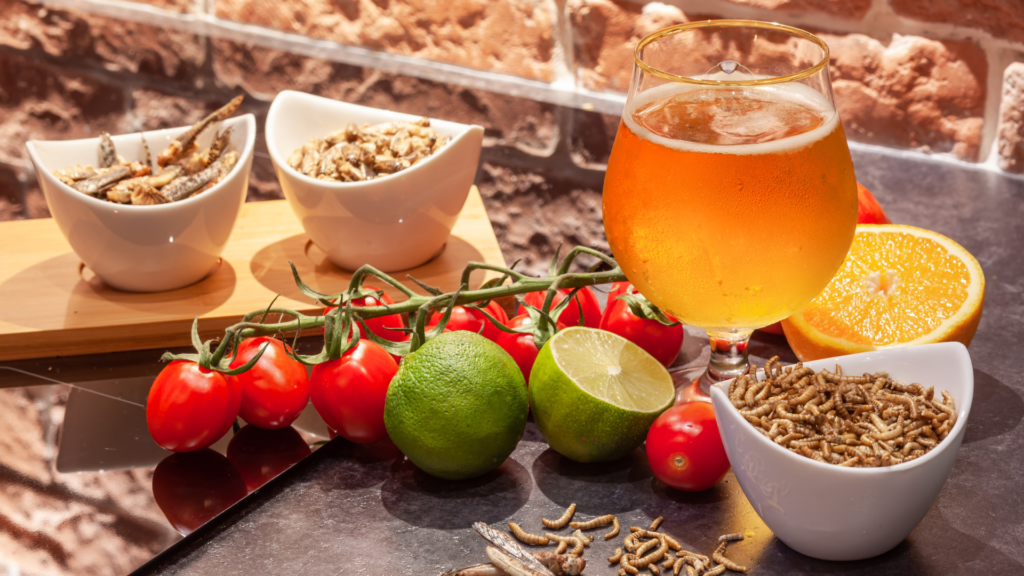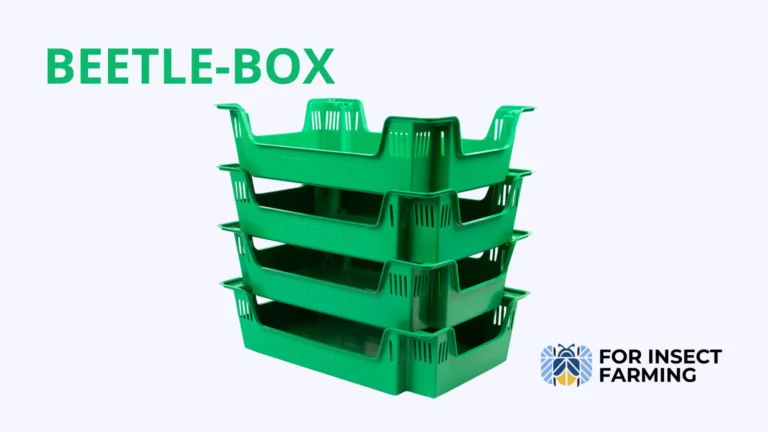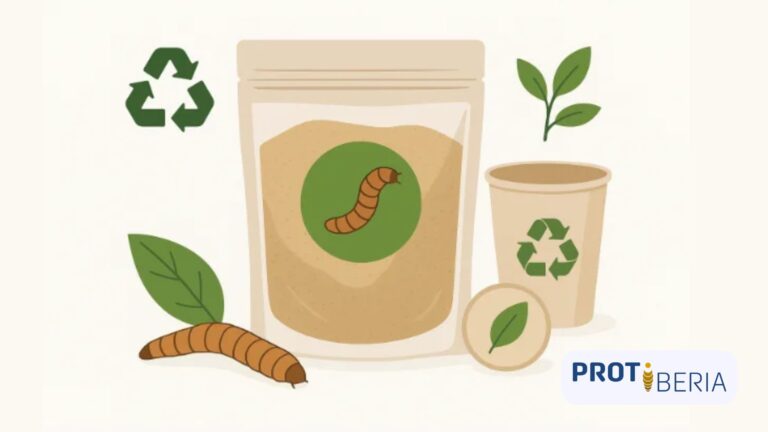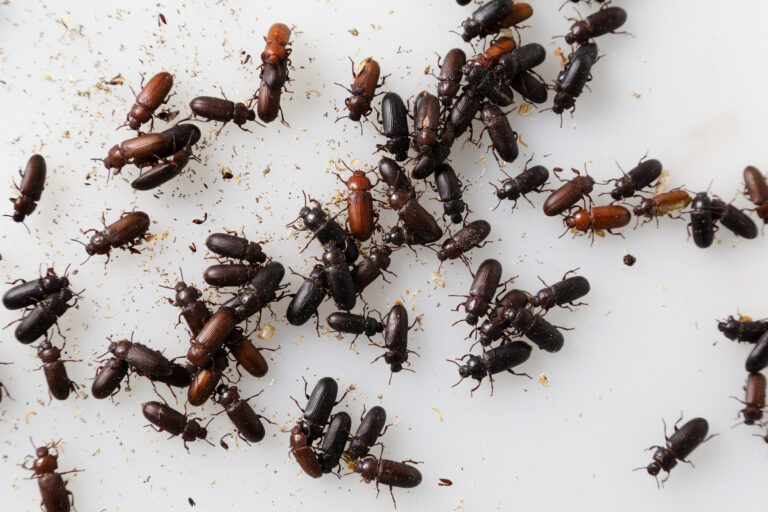| The use of yellow mealworm (Tenebrio molitor) in the production of animal feed and human food brings an improvement of the sustainability and efficiency of food systems, contributing to adopt a circular economy with a low carbon footprint and fighting climate change. |
When we talk about climate change, agricultural activities are deemed to generate 33% of the anthropogenic greenhouse gas emission at the global scale. Agriculture is also a major contribution in biodiversity loss and nutrient flows due to land use changes. And yet agriculture is absolutely necessary to produce the food we eat.

United Nations forecasts that global population could reach around 10 billion by 2050, which implies that food production will have to increase by 70% to meet that demand. Therefore, there is a need to both reduce current agriculture’s carbon footprint and, at the same time, find and develop novel and future foods that reduce the environmental impacts of diets.
What is a novel food?
Novel foods encompasses those such as cultured meat, algae, plants and insects. All of them have potential to reduce environmental impact of food production while meeting the nutritional requirements of human diets, more specifically the production and consumption of high-quality protein.
When it comes to assess the contribution of these different novel food industries to climate change mitigation, it is essential to understand and quantify the carbon footprint of each of them. A carbon footprint is the total amount of greenhouse gases (including carbon dioxide and methane) that are generated by a given human activity.
Plant-based proteins (or alternatives to traditional sources of meat) such as soybeans, peanuts, and other crops with relatively high content of protein, can contribute to mitigate the impact of these anthropogenic greenhouse gases emissions. However, sales of this type of industry seems to be stalled. One reason is the high demand and preference of the general public for meat. So it becomes clear that plant-based industry alone is not enough. And here is where insects come into play
Advantages of insects as food
In Europe, several insect species have been approved for human consumption and/or animal feed, and are being mass produced including mealworm bettle (Tenebrio molitor), black soldier fly (Hermertia illucens), two-spotted crickets (Gryllus bimaculatus and Scapsipedus icipe), silk moth (Bombyx mori) and desert locust (Schistocerca gregaria Forsskål), among others.

Recent scientific studies point out that the incorporation of insects into European diets can contribute to reduce water and land use by more than 80%. Food systems based on insects have several advantages that can contribute, along with other novel and emerging food industries, to reduce and mitigate climate change, biomass loss and other environmental-related problems.
The first of these advantages is that insects have a very high conversion rates, meaning that most of the food that the insects eat are transformed into insect biomass. These rates range around 1.5 kg of food per kg of produced insect. When compared to traditional farming sectors, conversion rates of cattle can be up to 10 kg of food per kg of beef produced, highlighting the efficient power of insects in converting food into protein.
Secondly, the food used to rear insects can be largely based on agricultural products and waste generated in agri-food industry, therefore converting low-quality plant by-products into high-quality proteins. In addition, many of these plant by-products are produced locally, reducing further carbon footprint of this emerging industry.
About us
Protiberia is centered in rearing yellow mealworm beetle and contributes towards a more sustainable food industry, producing a high quality protein with a low carbon footprint, using locally produced agricultural by-products, thus favouring a transition towards a circular economy.
References
https://www.nature.com/articles/s43016-022-00489-9
https://unfccc.int/topics/what-are-market-and-non-market-mechanisms



